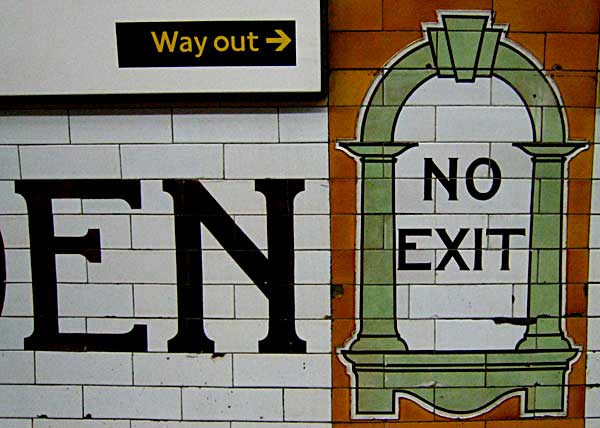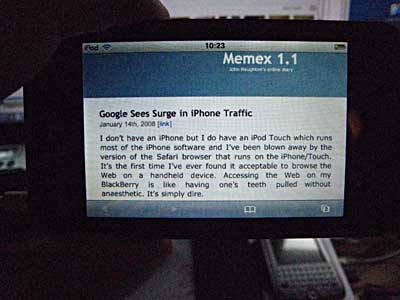Robert Peston, the BBC’s Business Editor, has a hunch that the published figure (£500k) is a bit low…
Whatever your political bent or view of the Blair years, it would be a national humiliation if the sticker on his forehead said $1000k.
His franchise is worth more.
For a million dollars to be the number on his ticket, Wall Street and the City would be in total meltdown and we would be in the grip of a worldwide recession (we may get there yet).
It couldn’t be the right price – especially since Blair takes advice from a bunch of astute business people and he isn’t famous for knowingly underselling himself.
So when the Daily Telegraph reported that he is being paid £2m a year, I thought that was more like it.
But it still didn’t feel right.
My intuitive view was that you couldn’t have a Blair for less than $5m a year.
And having now spoken to bankers close to this deal, I am told $5m is what JP Morgan is paying (though Morgan’s and Blair’s office are refusing to publish the pecuniary details).
Thanks to James Miller for the link.


 (With apologies to
(With apologies to 